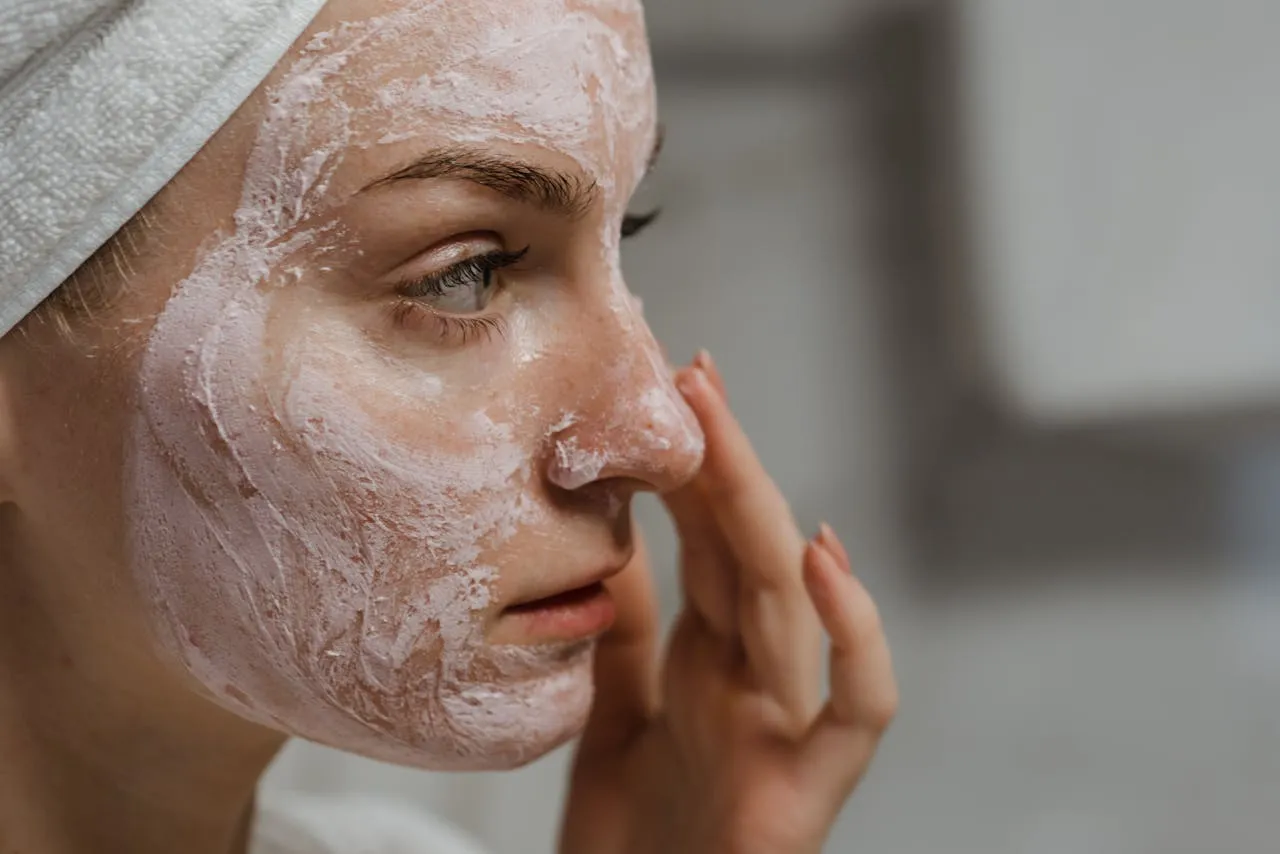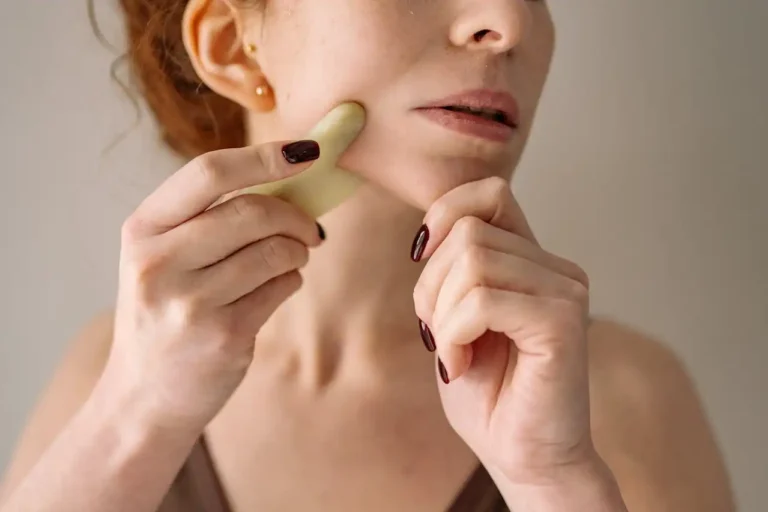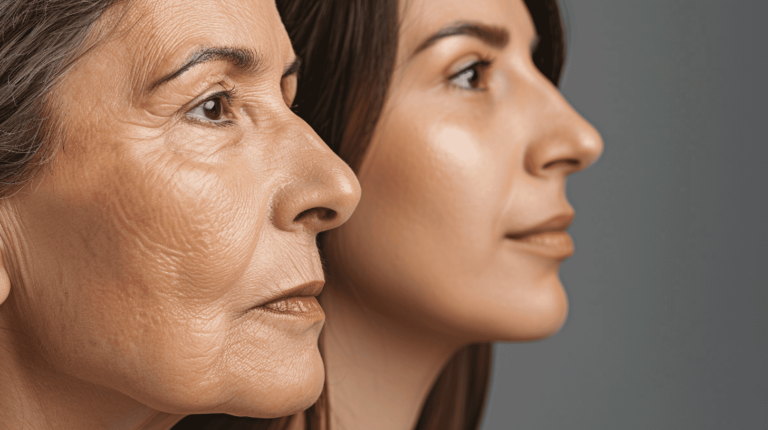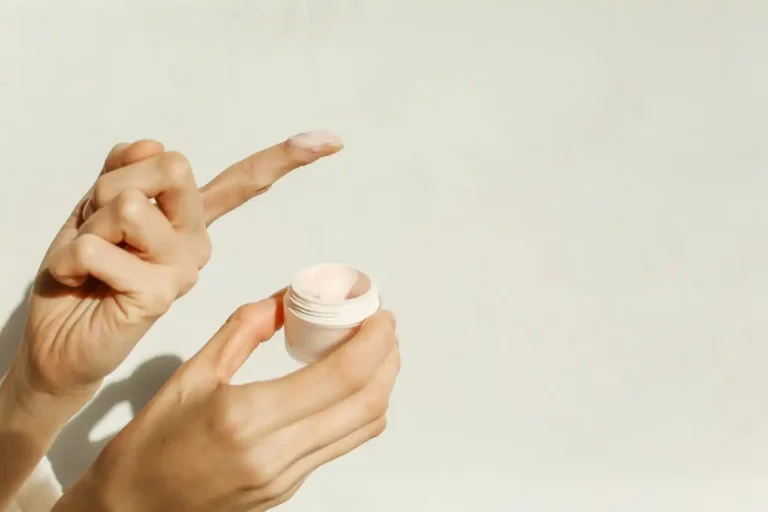How to Build a Skincare Routine on a Budget
You don’t need to spend hundreds of dollars to achieve healthy, glowing skin.
Building an effective skincare routine on a budget is absolutely possible with the right knowledge and strategy.
Smart shopping and understanding your skin’s actual needs will help you create a routine that works without breaking the bank.
Let’s explore how you can build a skincare routine that delivers results while keeping your wallet happy.
Understanding Your Skin Type and Needs
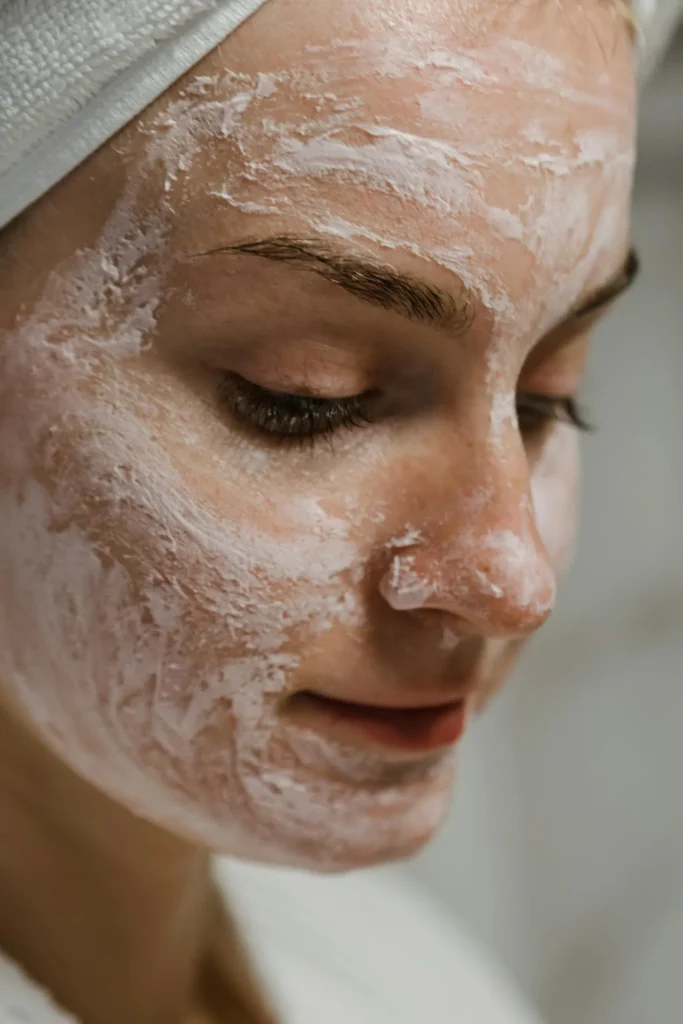
Before you spend a single dollar on skincare products, you need to understand your skin type.
This knowledge will prevent you from buying unnecessary products and help you target your specific concerns effectively.
You can determine your skin type through a simple at-home test. Once you identify your skin type, you can focus on products designed for your specific needs.
Wash your face with a gentle cleanser and wait for an hour without applying any products. Then examine your skin in a mirror.
If your skin feels tight and looks flaky, you have dry skin. Oily skin will appear shiny all over, especially in the T-zone.
Combination skin shows oiliness in the T-zone but feels normal or dry on the cheeks. Normal skin feels comfortable and balanced.
Sensitive skin often reacts to new products with redness, burning, or irritation. You might also notice that certain ingredients consistently cause problems for your skin.
This targeted approach saves money because you won’t waste cash on products that don’t work for your skin.
Budget-Friendly Cleansing Essentials
A good cleanser forms the foundation of any skincare routine, but you don’t need expensive options to get clean, healthy skin.
Drugstore cleansers often contain the same active ingredients as their high-end counterparts.
For oily or acne-prone skin, look for cleansers containing salicylic acid or benzoyl peroxide.
These ingredients help unclog pores and control excess oil production. You can find effective options at drugstores for under $10.
Dry skin benefits from cream or oil-based cleansers that won’t strip away natural oils. Gentle, fragrance-free options work best and typically cost less than $15.
If you have sensitive skin, choose fragrance-free cleansers with minimal ingredients.
Simple formulations reduce the risk of irritation and often come with budget-friendly price tags.
Avoid over-cleansing, which can damage your skin barrier and lead to more problems.
Cleansing once or twice daily is sufficient for most people. Over-cleansing forces you to buy more product and can actually harm your skin.
Double cleansing works well for removing makeup and sunscreen, but you don’t need two expensive products.
Use an affordable cleansing oil or micellar water first, followed by your regular cleanser.
Affordable Moisturizing Solutions
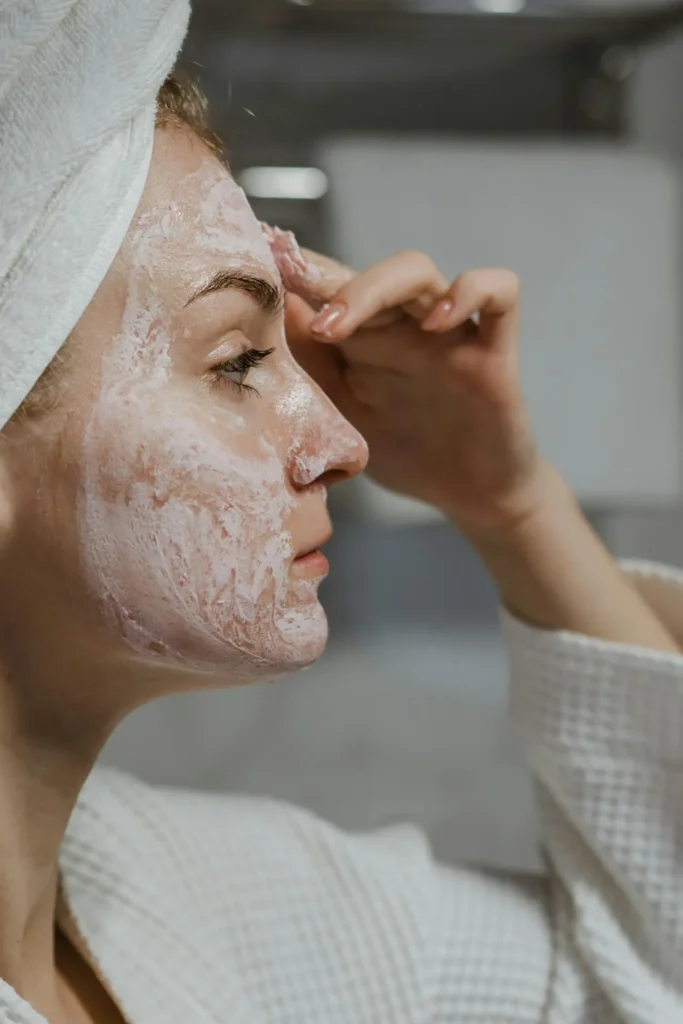
Moisturizing is crucial for all skin types, including oily skin. You can find excellent moisturizers at drugstores that rival expensive department store brands in effectiveness.
For oily skin, choose lightweight, oil-free moisturizers with ingredients like hyaluronic acid or niacinamide.
These provide hydration without clogging pores and typically cost under $20. Dry skin needs richer formulations with ingredients like ceramides, glycerin, or urea.
Many affordable drugstore brands offer excellent options that provide long-lasting hydration.
Combination skin can benefit from using different moisturizers on different areas of your face, or you can find a balanced formula that works for your entire face.
Don’t overlook basic moisturizers from brands like CeraVe, Cetaphil, or Neutrogena.
These companies invest heavily in research and development, creating effective products at accessible price points.
You can also look for multipurpose products that combine moisturizing with other benefits.
Some moisturizers include SPF, antioxidants, or gentle exfoliating ingredients, giving you more value for your money.
Consider buying larger sizes when they’re available and cost-effective. Many brands offer larger containers that provide better value per ounce.
Sun Protection Without Breaking the Bank
Sunscreen is the most important anti-aging product you can use, and you don’t need to spend a fortune on it.
Daily sun protection prevents premature aging, dark spots, and reduces your risk of skin cancer.
Drugstore sunscreens offer excellent protection at fraction of the cost of high-end brands. Look for broad-spectrum protection with at least SPF 30.
Chemical sunscreens tend to be more affordable than mineral options. Most people don’t apply sufficient amounts of combination products.
Many moisturizers include SPF, which can simplify your routine and save money. However, make sure you apply enough product to get the stated sun protection.
Buy sunscreen in larger sizes when possible, especially if you plan to use it on your body as well. Many brands offer family-size containers that provide better value.
Don’t forget about your lips, neck, and hands. These areas age quickly but are often overlooked.
Affordable lip balms with SPF and hand creams with sun protection help maintain consistent coverage.
Reapplication is crucial for effective sun protection. Keep affordable sunscreen sticks or setting powders with SPF for easy touch-ups throughout the day.
DIY and Natural Alternatives
You can create effective skincare treatments using ingredients from your kitchen, reducing costs while avoiding harsh chemicals.
However, approach DIY skincare with caution and patch-test new ingredients. Apply it to damp skin, massage gently, and rinse with warm water.
Honey makes an excellent gentle cleanser and face mask. Raw honey has antimicrobial properties and provides gentle hydration.
Oatmeal serves as a gentle exfoliant and soothing treatment. Grind plain oats into a fine powder and mix with water or honey to create a paste.
This works particularly well for sensitive or irritated skin. Steep the tea bags, let them cool, and place them over closed eyes for 10-15 minutes.
Green tea bags can be used as eye compresses to reduce puffiness and provide antioxidants.
Aloe vera gel offers excellent hydration and healing properties for irritated or sunburned skin. Buy pure aloe vera gel rather than products with added fragrances or chemicals.
While DIY treatments can be effective, remember that consistency matters more than expensive ingredients.
A simple routine you can maintain will always outperform an elaborate routine you can’t stick to.
Always research ingredients thoroughly before trying them on your skin. Some natural ingredients can cause irritation or interact poorly with other products in your routine.
Smart Shopping Tips and Strategies
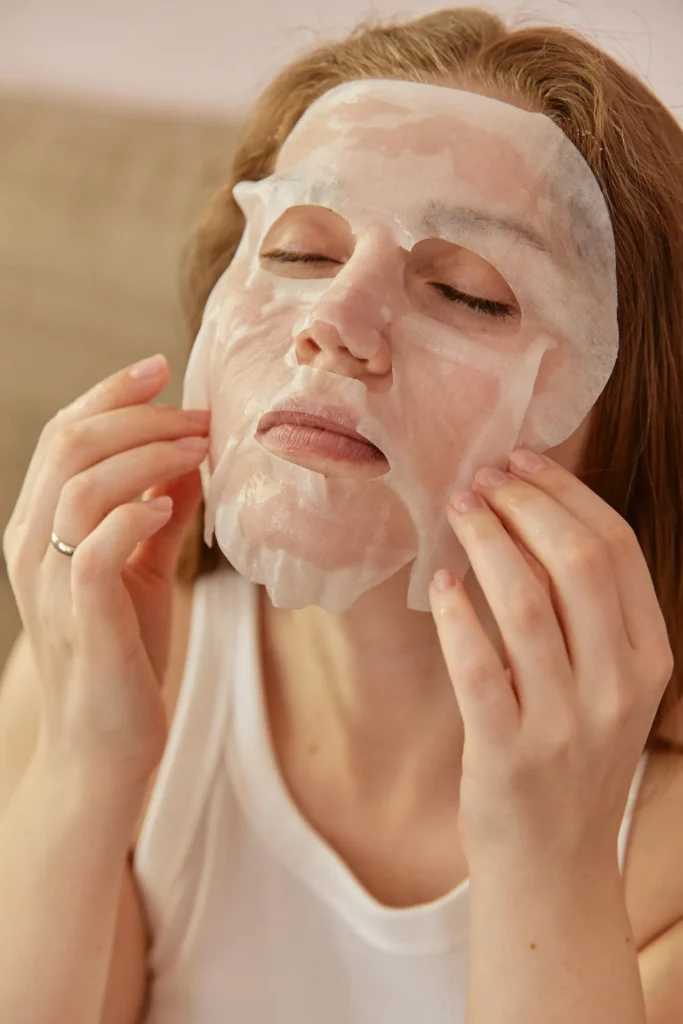
Timing your purchases strategically can significantly reduce your skincare costs. Many retailers offer regular sales and promotions that you can take advantage of.
Sign up for newsletters from your favorite drugstores and beauty retailers. They often send exclusive coupons and early notifications about sales.
Apps like Honey can help you find coupon codes automatically. Stock up on basics like cleansers and moisturizers during these times.
Buy during major sale events like Black Friday, end-of-season clearances, or when stores are transitioning inventory.
Consider generic or store-brand versions of popular products. Many drugstores offer their own versions of popular skincare ingredients at significantly lower prices.
Read ingredient lists rather than focusing solely on brand names. Many affordable products contain the same active ingredients as expensive alternatives.
Check online retailers and compare prices across different platforms. Sometimes online prices are significantly lower than in-store prices, especially for larger sizes.
Join loyalty programs at stores where you frequently shop. These programs often provide points, discounts, and exclusive member sales that can add up to significant savings.
Building Your Routine Step by Step
Start with the basics and gradually add products as needed. A simple routine with three steps – cleanse, moisturize, and protect – can be highly effective and affordable.
Begin your morning routine with a gentle cleanser to remove overnight buildup. Follow with a lightweight moisturizer and finish with broad-spectrum sunscreen.
Your evening routine can be slightly more extensive. Consider your lifestyle when building your routine.
Remove makeup and sunscreen with a cleansing oil or micellar water, follow with your regular cleanser, and apply a more nourishing moisturizer.
Add new products one at a time and give each addition at least two weeks to show results.
This approach helps you identify which products actually benefit your skin and prevents wasting money on ineffective items.
A complicated multi-step routine won’t work if you’re always rushing in the morning. Design a routine you can realistically maintain.
Track your skin’s response to new products in a simple journal or phone app. Remember that skin changes with seasons, hormones, and age.
Note any improvements or reactions, which helps you make informed decisions about future purchases.
What works now might need adjustment later, so stay flexible and don’t feel committed to products that no longer serve your skin.
Common Mistakes to Avoid
Avoid the temptation to buy multiple products at once. Don’t assume that expensive products work better than affordable alternatives.
This approach makes it impossible to determine which products are helping and which might be causing problems.
Price doesn’t always correlate with effectiveness in skincare. Focus on ingredients and formulations instead.
Resist the urge to change your routine too frequently. Skin needs time to adjust to new products, and constantly switching prevents you from seeing real results.
Don’t skip patch testing new products, even if they’re marketed as gentle or natural. Apply a small amount to your inner arm and wait 24-48 hours to check for reactions.
Avoid using too many active ingredients at once. Start with one active ingredient like salicylic acid or retinol, and introduce others gradually to prevent irritation.
Don’t neglect your neck and décolletage. These areas age visibly but are often forgotten in skincare routines. Extend your products to these areas for consistent care.
Stop buying products based solely on social media recommendations. What works for influencers might not work for your skin type or concerns.
Maximizing Your Investment
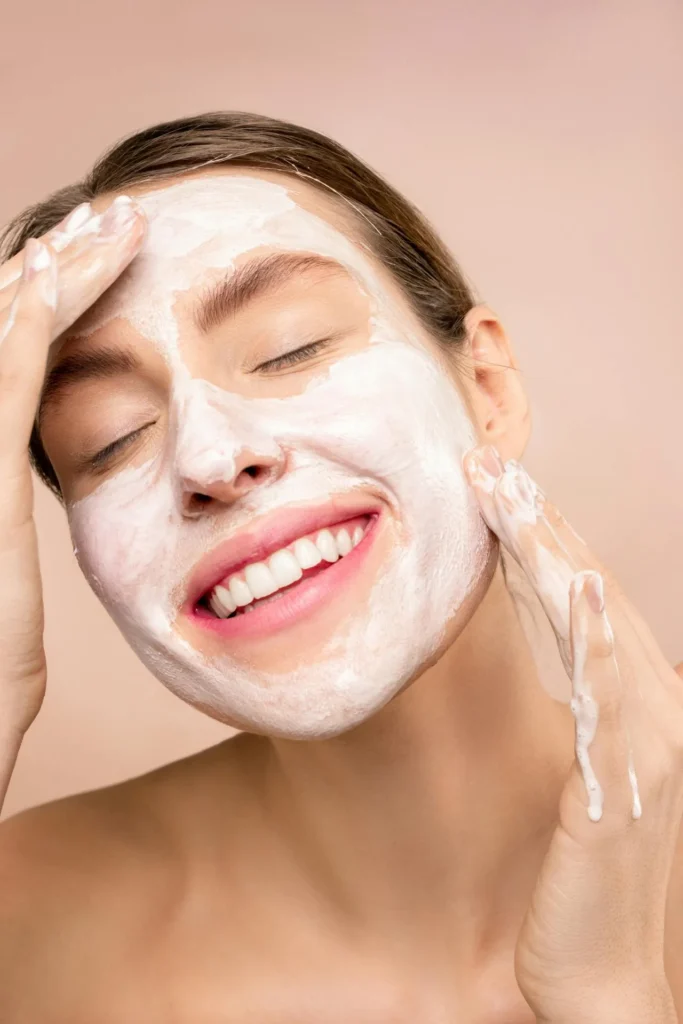
Make your products last longer by using the correct amounts.
A pea-sized amount of moisturizer is usually sufficient for your entire face, and using more doesn’t provide additional benefits.
Store your products properly to maintain their effectiveness. Keep them in cool, dry places away from direct sunlight. Some products last longer when refrigerated.
Use tools like cotton swabs or clean hands to remove products from jars, preventing contamination that can shorten shelf life.
Pay attention to expiration dates and use products within their recommended timeframes. Expired products can become ineffective or even harmful to your skin.
Consider multi-use products that serve multiple purposes. Some moisturizers work well as primers, and certain cleansers can remove light makeup effectively.
Learn to read your skin’s signals. If a product causes irritation, stop using it immediately rather than trying to push through and waste the entire container.
Conclusion
Building an effective skincare routine on a budget requires knowledge, patience, and smart shopping strategies.
Focus on proven ingredients, start simple, and remember that consistency trumps expensive products every time.

